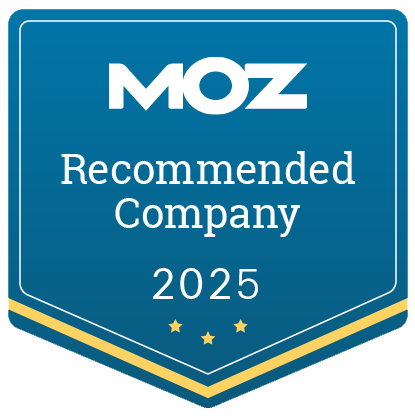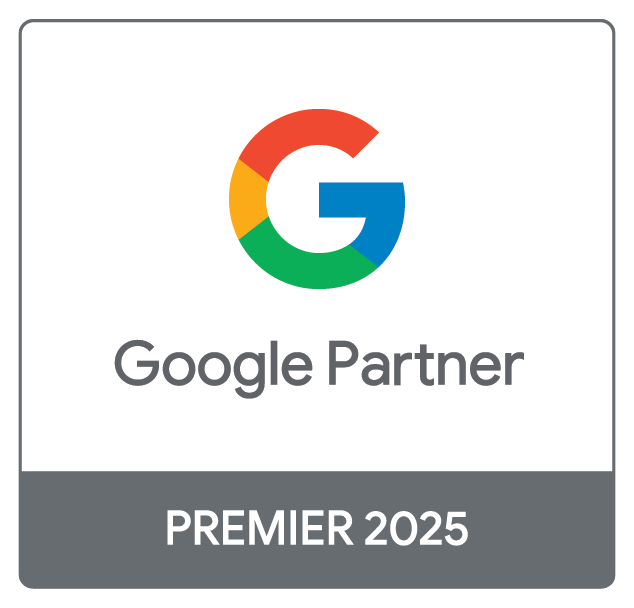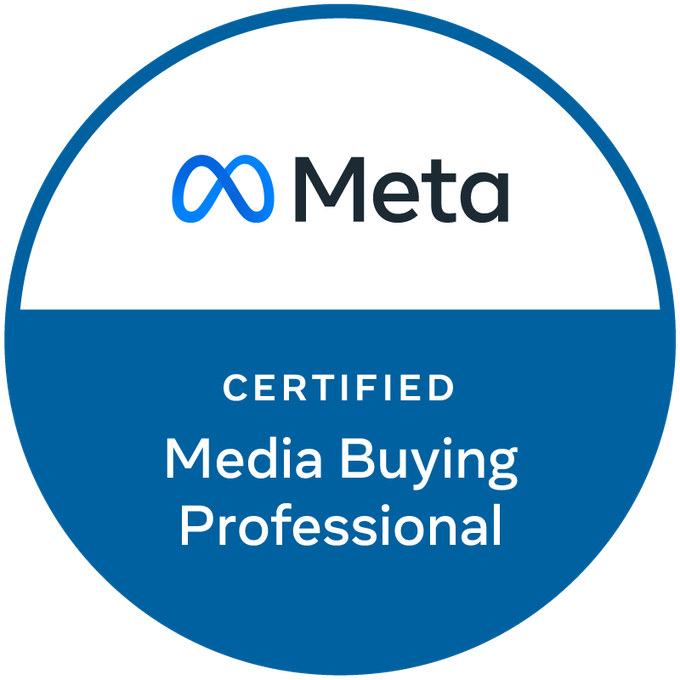On average, businesses earn $42 for every $1 spent on email marketing. That’s an ROI that beats many other marketing channels. Unlike paid ads, where costs can climb, email remains affordable, scalable, and highly effective for keeping customers engaged and driving sales.
Here, we’ll break down why email marketing is a smart investment and how it works alongside paid advertising, social media, and other digital marketing efforts to increase brand visibility and conversions.
Why Email Marketing Delivers Outstanding ROI
An Affordable Yet Powerful Addition to Your Marketing Plan
So, how does email marketing work? Compared to other marketing channels, email is low-cost but high-impact. Here’s why businesses continue to invest in it:
🟠 Minimal costs, BIG returns – There’s no need for ongoing ad spend - once the list is built, you can reach your audience without paying per webpage click.
🟠 Direct access to customers – Your email list belongs to you, meaning you’re not at the mercy of changing social media algorithms.
🟠 Automation saves time – Email automation services allow brands to send personalized messages without extra work for every campaign.
With a well-thought-out email strategy, businesses can turn subscribers into repeat customers—all without overspending on advertising.
How Email and Paid Advertising Work Together for Better Results
Email marketing and paid advertising work best when used together. Integrating these channels allows businesses to create a consistent experience across platforms, ultimately leading to higher engagement and more conversions.
Why Combining Email and Paid Ads Works
Email marketing can be paired with paid strategies like Google and Meta ads to improve audience targeting and boost overall marketing effectiveness. Here’s how:
➡ Retargeting with email data – Use subscriber lists to create custom audiences for paid ads, ensuring your messaging reaches people who already know your brand.
➡ Growing your email list through paid ads – Lead-generation ads can drive new sign-ups, expanding your audience for future email marketing campaigns.
➡ Keeping messaging consistent – Aligning email promotions with ad creatives reinforces brand identity and improves customer recognition.
According to Technology Advice, integrating social media with email marketing can significantly increase brand visibility and customer engagement. Tactics like adding social sharing buttons to emails, using social insights to personalize email campaigns, and running paid ads to grow an email list can extend a brand’s reach and create a more connected digital experience.
Growing an Email List Through Paid Ads
Paid advertising can help businesses naturally grow their email lists in a couple ways:
✅ Running lead-generation ads on Facebook and Instagram offering exclusive content (discounts, guides, webinars) in exchange for emails.
✅ Using Google Ads landing pages designed to capture email sign-ups.
✅ Adding “Sign Up” CTAs to social media ads to encourage newsletter subscriptions.
When email and paid ads work together, they create multiple touchpoints that work to guide potential customers toward a purchase.
How Email Marketing and Social Media Work Hand in Hand
Email and social media don’t have to compete—they work better when they support each other. Social media insights help improve email targeting, and email, in turn, can boost engagement on social platforms.
Adding Social Sharing Options to Emails
Encourage subscribers to share your content by:
🟣 Including social media icons in newsletters
🟣 Offering incentives for customers who refer friends through email
🟣 Using pre-made “Share on Facebook” or “Post to LinkedIn” buttons
Using Social Media Insights to Personalize Emails
Social media provides useful data that can make email campaigns more relevant:
🟠 Track engagement to create segmented email lists based on interests
🟠 Match email promotions with trending conversations from your social media pages
🟠 Send targeted emails to people who interact with your brand on Instagram, Facebook, or LinkedIn
Growing Your Email List Through Social Media
Try these simple tactics to attract new subscribers:
✔️ Promote email-only discounts on social media platforms
✔️ Host giveaways and contests that require an email sign-up
✔️ Add sign-up links to Instagram & Facebook Stories for quick opt-ins
With the right strategy, social media and email marketing work together seamlessly to drive more engagement and sales.
Why Email Marketing Is a Key Part of an Omnichannel Strategy
Email marketing is a central part of creating a connected experience across multiple platforms (otherwise known as an omnichannel approach). Because email relies on first-party data, it’s more reliable and privacy-friendly than third-party tracking methods.
Why First-Party Data Matters for Smarter Marketing
With the phaseout of third-party cookies, first-party data from email lists is more valuable than ever. Benefits include:
✔️ More accurate personalization – Send emails based on real customer behavior
✔️ Better trust and reliability – Customers voluntarily share their emails, meaning the data is more precise
✔️ Long-term stability – Unlike third-party tracking, first-party email data is here to stay
Keeping Brand Messaging Consistent Across Every Channel
To create a smooth customer experience, businesses need consistent messaging across platforms like:
- Email campaigns
- Social media posts
- Google and Facebook ads
- Website landing pages
A unified approach reinforces brand identity and makes it easier for customers to connect with your business.
A Real Example of Email Marketing Success
Nebology is an eCommerce brand specializing in high-quality medical-grade nebulizers and respiratory care products. With a strong focus on providing top-tier equipment for customers managing chronic respiratory conditions, their business relies on direct communication with their audience to drive sales and customer loyalty.
Through a strategic email marketing approach, we helped Nebology:
✅ Increase email-driven revenue by nearly 30% year over year
✅ Optimize automated campaigns to improve customer retention
✅ Boost engagement rates through personalized and targeted messaging
By refining their email strategy and automation, Nebology was able to strengthen its relationship with customers while significantly increasing revenue through a solid local business email marketing strategy.
What’s Next for Email Marketing in 2025?
As digital marketing shifts, email continues to change. Here are a few changes businesses should prepare for:
- Stronger privacy protections – With new data regulations, first-party email lists will become even more valuable.
- AI-driven personalization – Machine learning will help brands create smarter, more tailored emails.
- Better audience segmentation – Marketers will use AI to group subscribers into more precise categories for targeting.
- Greater focus on customer retention – Automated email sequences will keep customers engaged long after their first purchase.
Brands that stay ahead of these trends will see better engagement and higher conversions in 2025 and beyond!
Need Help With Email Marketing? Let’s Talk
Creating an effective email marketing strategy takes time, tools, and experience. At ZGM, we help businesses:
✅ Automate email campaigns to save time and increase efficiency
✅ Develop messaging that resonates with subscribers
✅ Connect branded email marketing with paid ads and social media for a more effective approach
If you’re ready to see better results from email marketing, we’d love to help. Get in touch today!
About the Author












